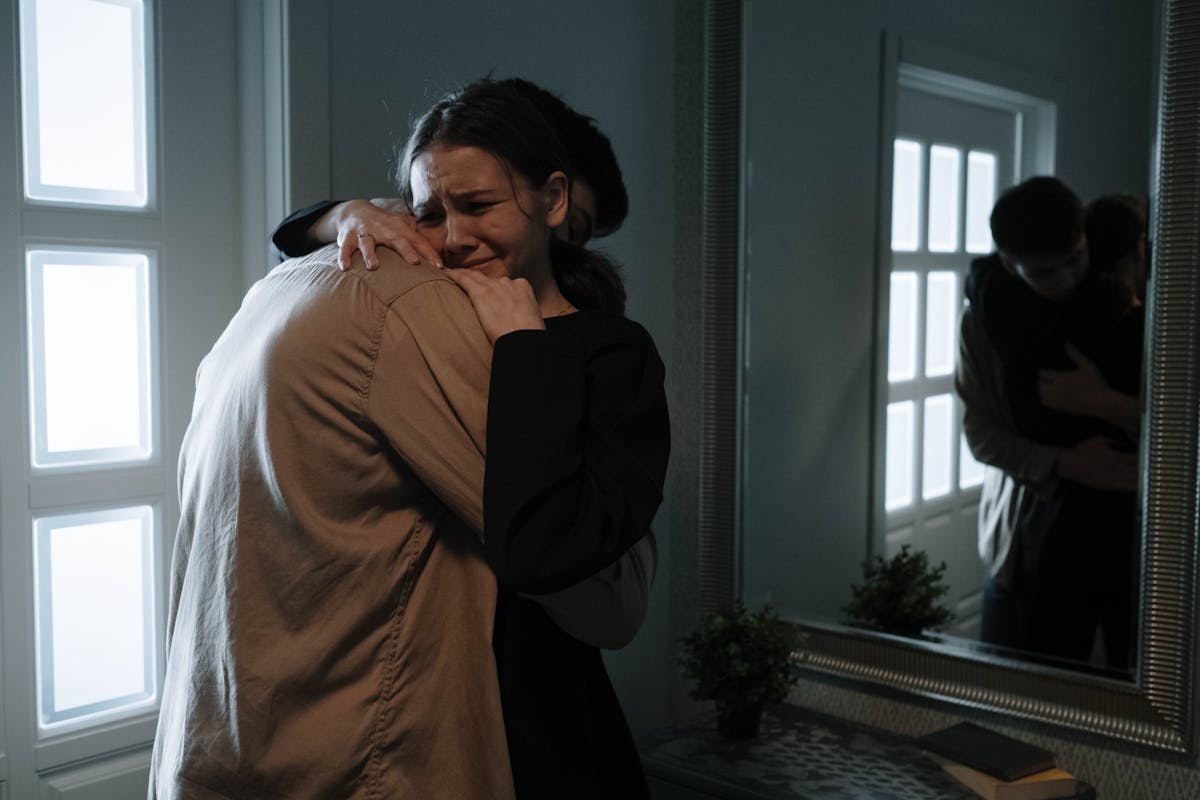
The Eternal Dilemma Is Solved: Here’s Who Feels Pain More – Men or Women
Apart from the eternal dilemma of who talks more – men or women, the question of who feels pain more intensely has also been a long-standing mystery for both sexes. Scientists have finally solved this mystery, and here is their final answer.
Women feel pain more intensely, researchers concluded. There are several reasons for this: partly due to sex hormones, partly due to how the female immune system works, and partly due to women’s social roles and cultural background.
The Role of Testosterone in Pain Perception
Testosterone has the property of regulating pain tolerance, and this is, in a way, a “gift” of evolution. Thanks to it, humans adapted to life conditions: even when seriously injured during a hunt, a man had to return home with the catch because it was the only way for the family to survive.
“Women, on the other hand, historically performed more ‘delicate’ tasks, such as gathering fruits or maintaining the household, which is why they did not need testosterone to the same extent to dull the sensation of pain,” explains Russian doctor Valery Litvinov – writes B92.
Women’s Immune System Is More Active Than Men’s
Because a woman’s body needs to constantly (on average once a month) regenerate the endometrium during the menstrual cycle, it releases more inflammatory mediators that help heal “injured” tissue.
However, the presence of these compounds increases pain sensitivity and causes swelling and inflammation. “This biological specificity has another downside: because of it, women are also more prone to autoimmune diseases,” emphasizes the Russian expert in an interview for Komsomolskaya Pravda.
Social Roles and Their Impact on Pain
Women are often perceived as the weaker sex, which allows them to more openly express their gentle, sensitive, and emotional side — something that is socially accepted. As a result, they develop a lower tolerance for physical pain.
“In addition, pain perception is influenced by cultural norms: in Eastern countries, where stoicism is valued, the pain threshold is higher than in Western countries, where openly expressing emotions is widely accepted,” adds Russian psychologist Maria Duvanskaya.





